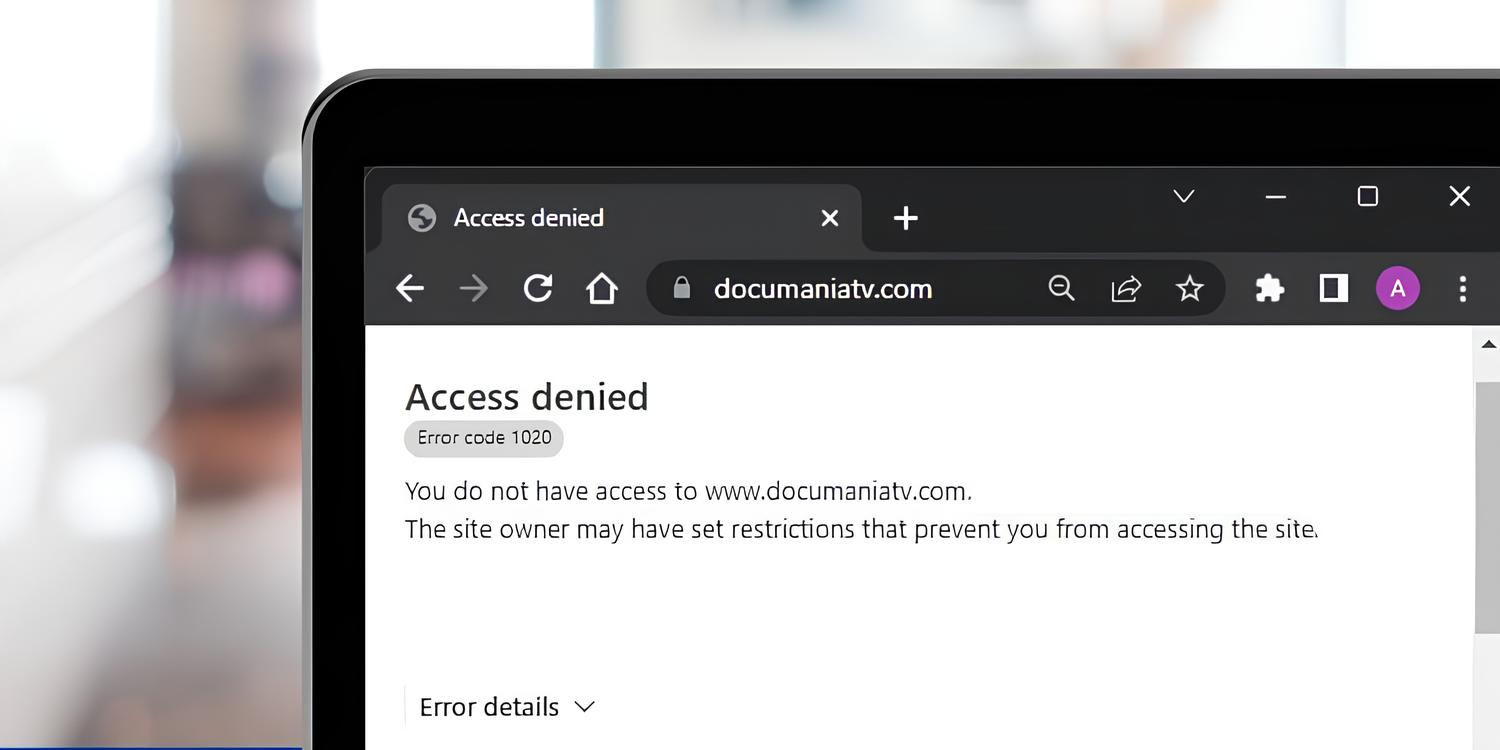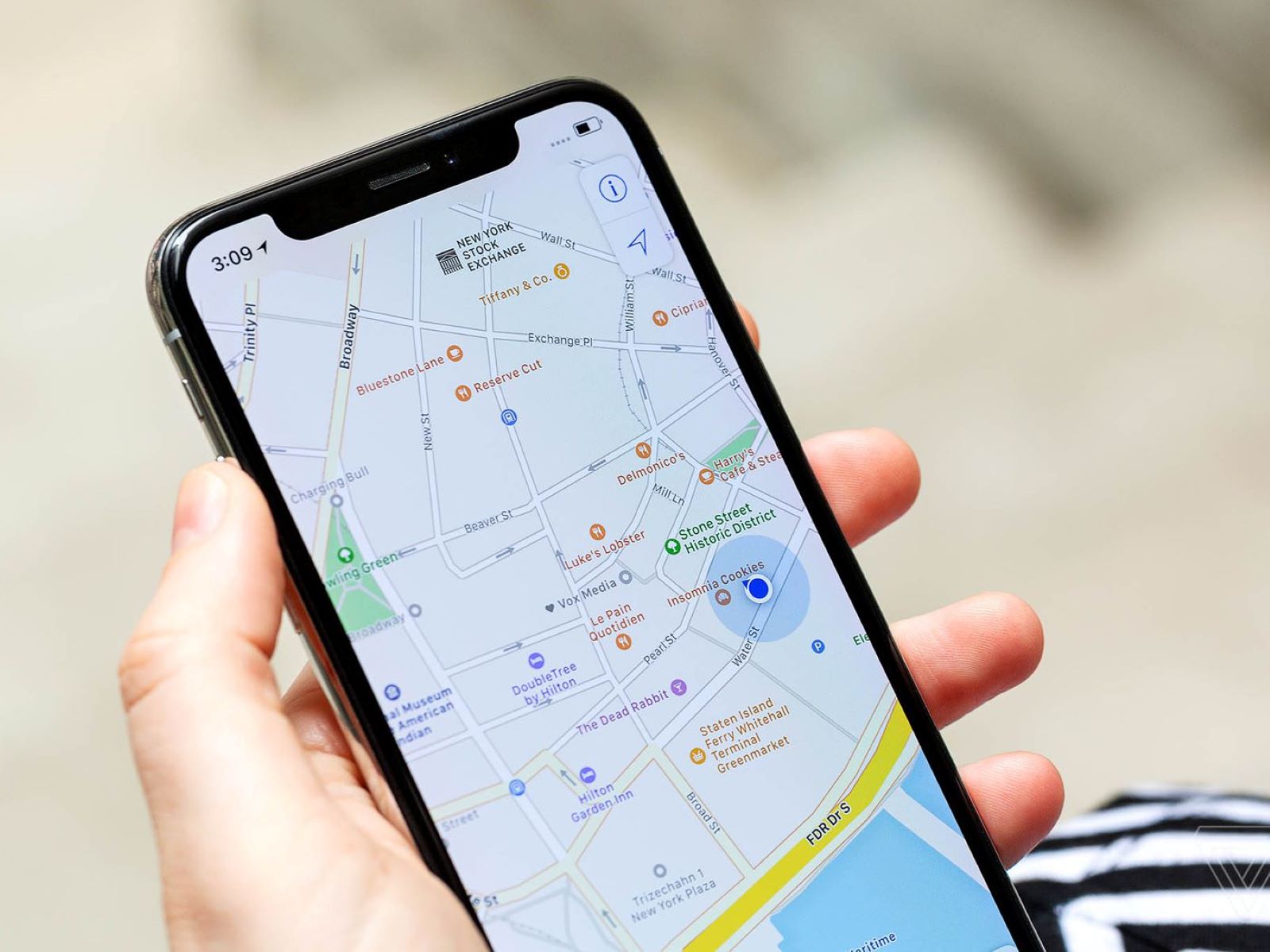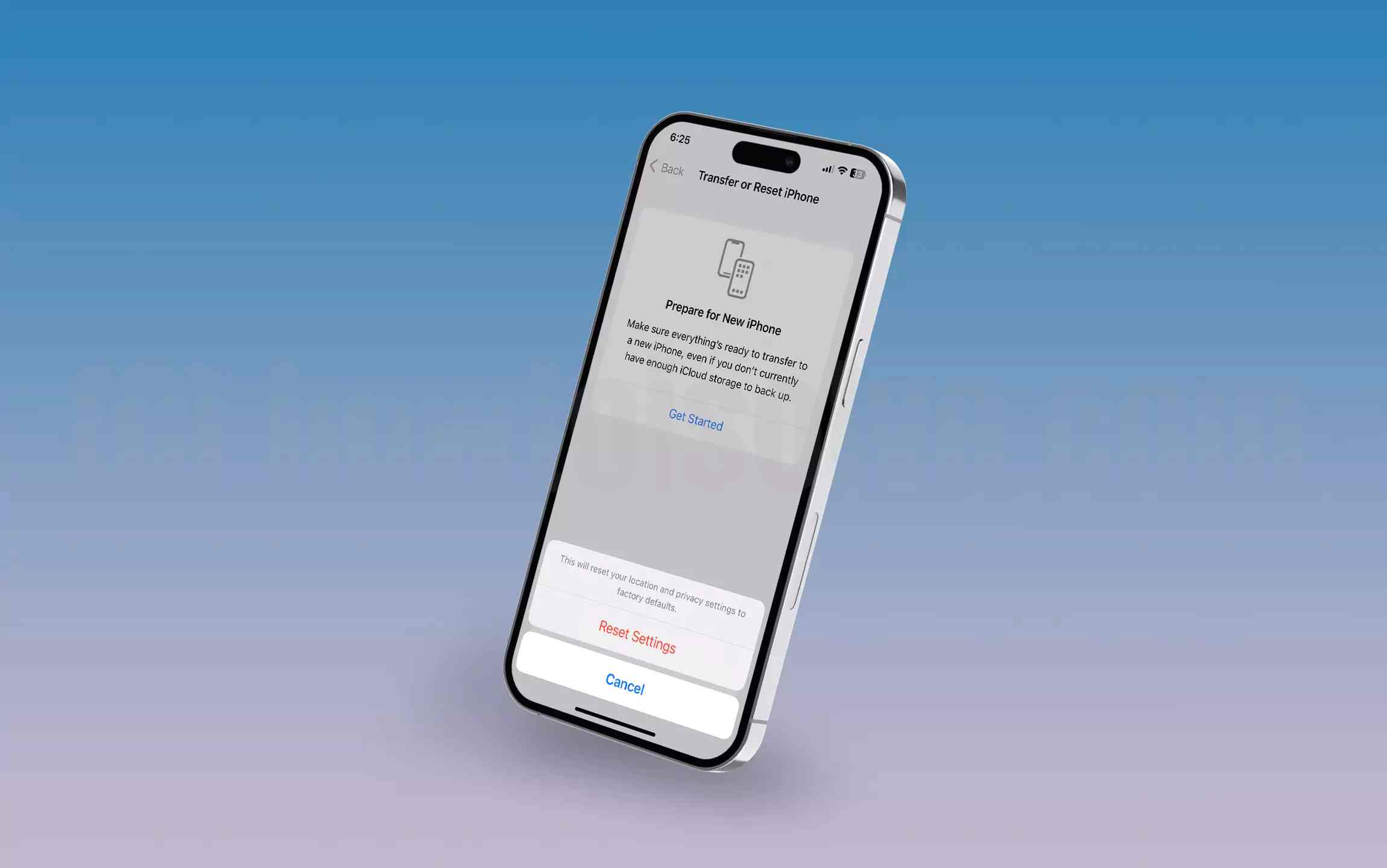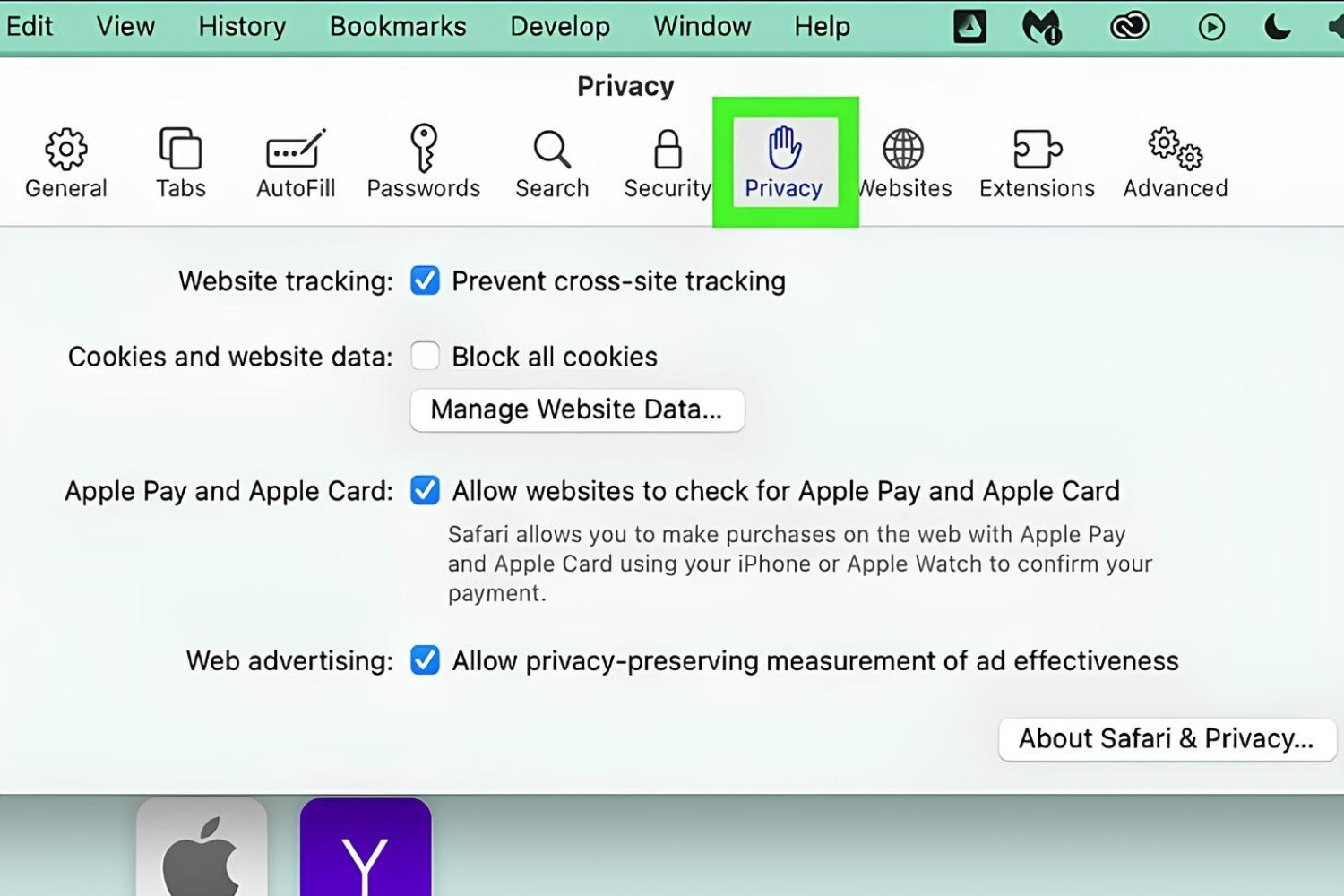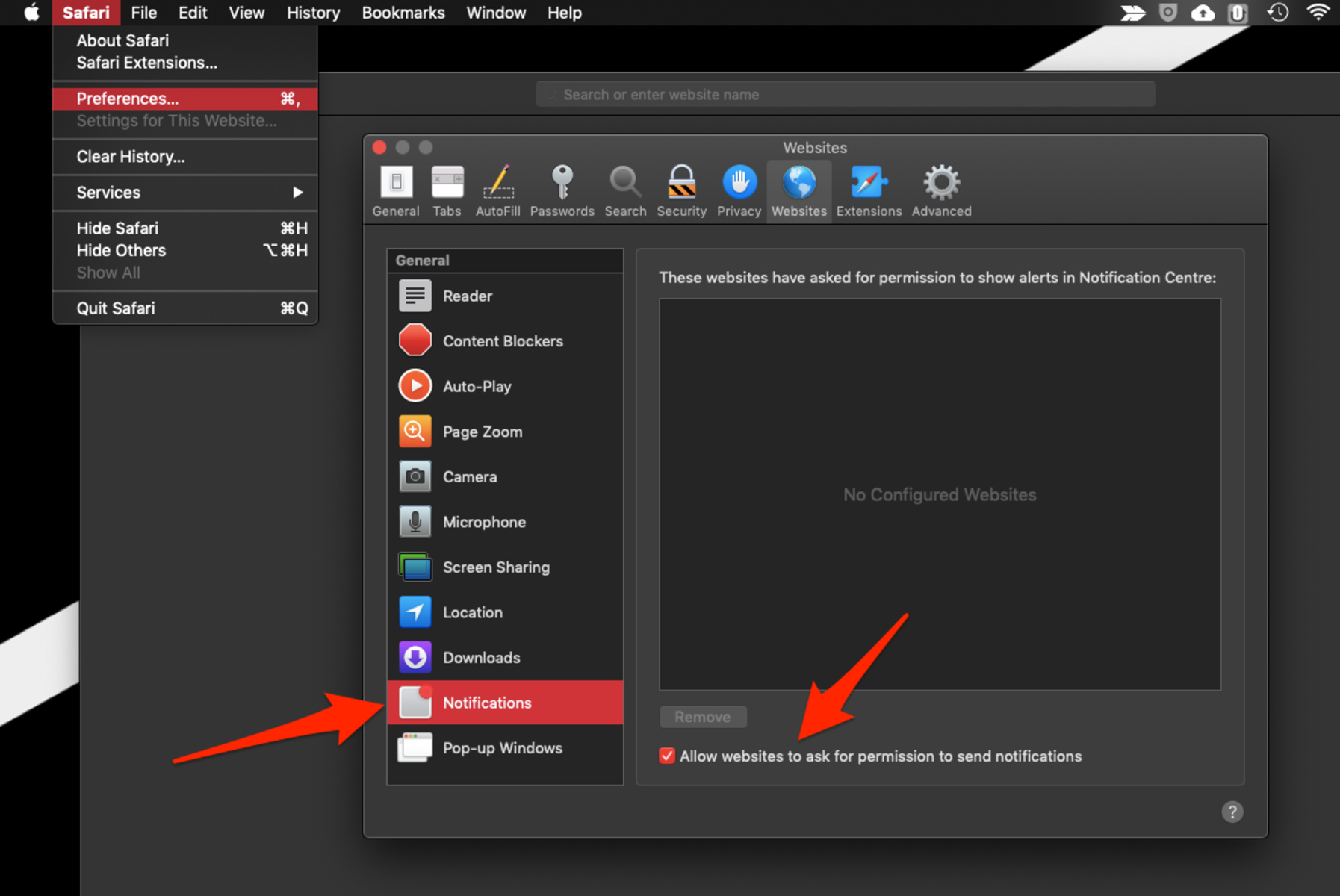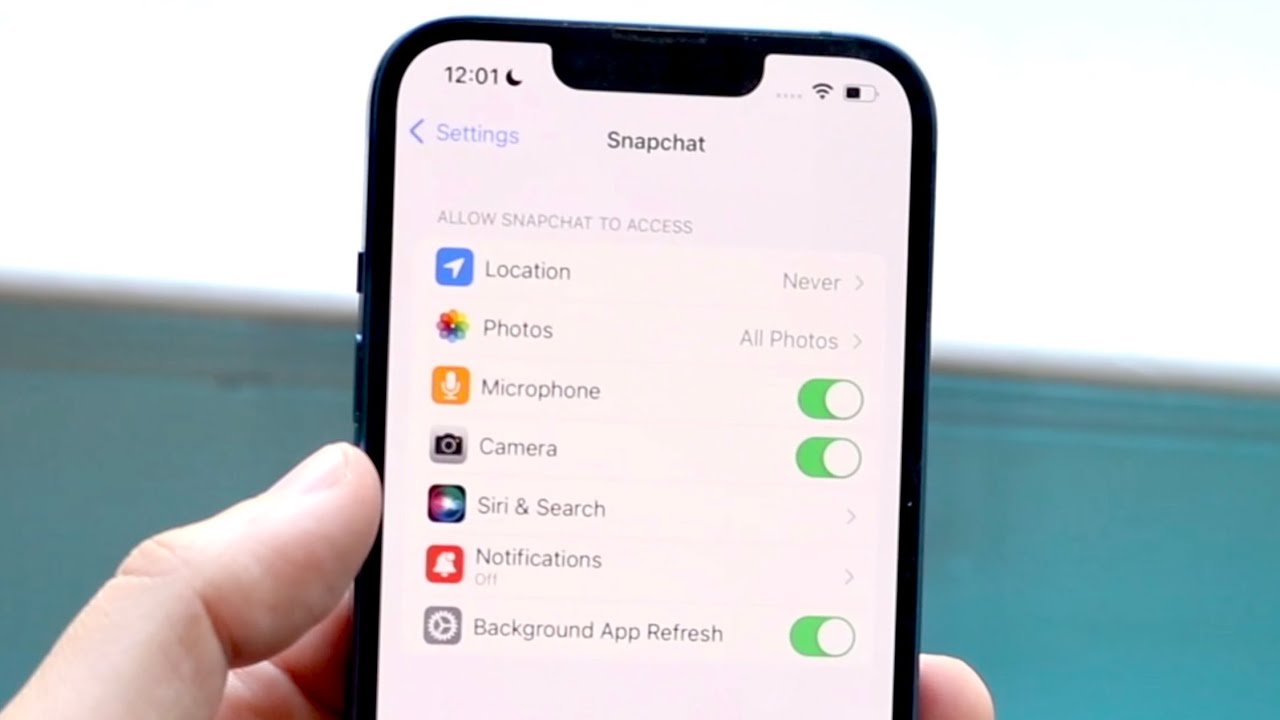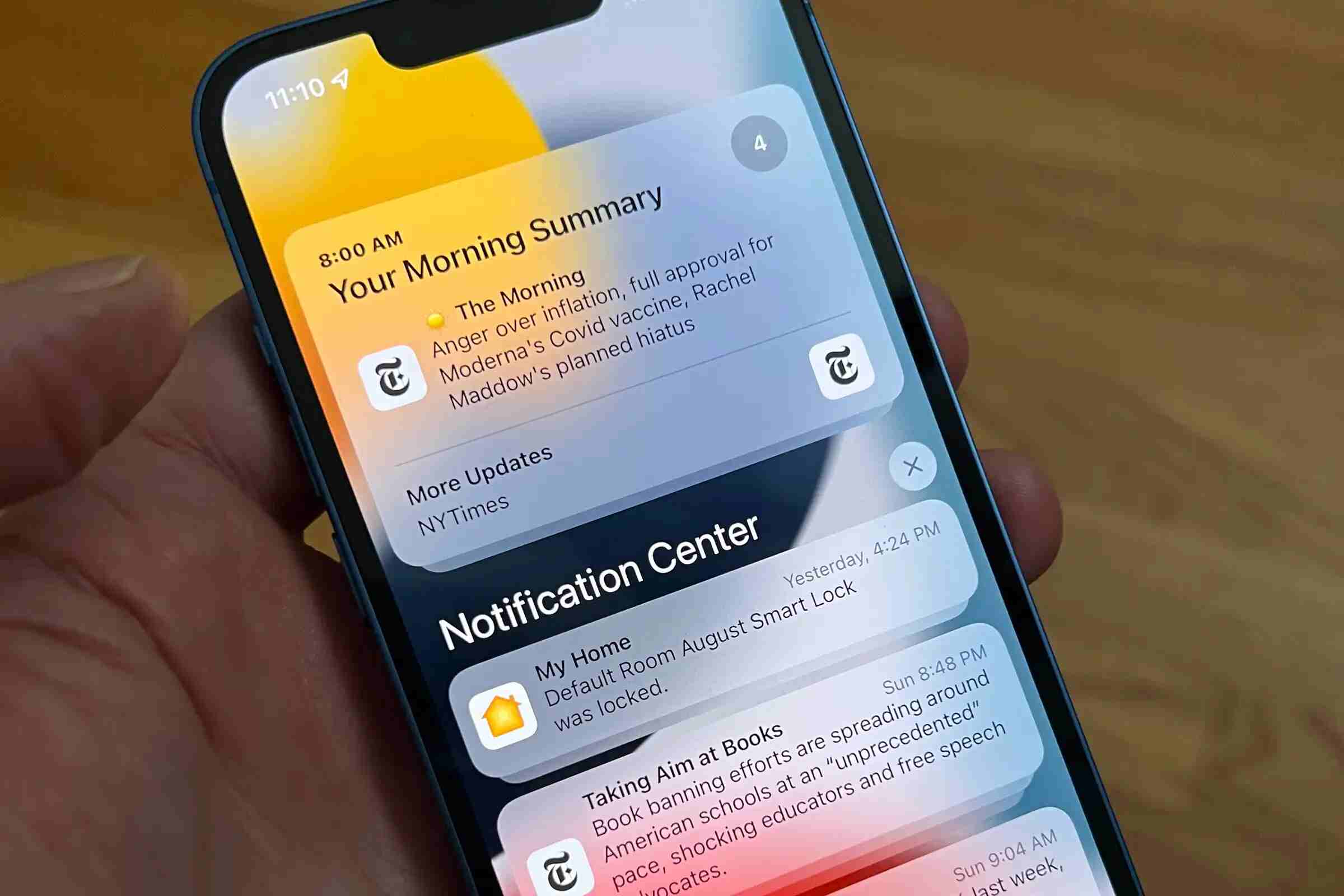Introduction
Access denied errors on Safari can be frustrating and perplexing, especially when you're trying to visit a website or access a particular resource. It's like encountering a "Road Closed" sign just when you're eager to reach your destination. The experience can leave you wondering why this digital roadblock has appeared and how you can navigate around it.
In this article, we'll delve into the common reasons why you might encounter access denied messages while using Safari, Apple's popular web browser. Whether you're trying to access a website, view certain content, or perform specific actions online, understanding the potential causes of access denied errors can help you troubleshoot and resolve these issues effectively.
So, if you've ever been greeted by an "Access Denied" message on Safari, you're not alone. Many users have encountered similar roadblocks while browsing the web or accessing online services. But fear not, as we're here to shed light on the possible reasons behind these access denied errors and provide actionable tips to help you overcome them. Let's embark on this journey to unravel the mysteries of access denied messages on Safari and empower you to navigate the digital landscape with confidence.
Possible Reasons for Access Denied on Safari
-
Network Issues: Access denied errors on Safari can often stem from network connectivity issues. If your internet connection is unstable or experiencing disruptions, Safari may struggle to establish a secure connection with the websites you're trying to access. This can result in access denied messages, preventing you from reaching your desired online destinations.
-
Website Restrictions: Some websites impose access restrictions based on geographical location or user permissions. If a website employs geo-blocking measures or requires users to log in with specific credentials, you may encounter access denied errors when attempting to visit or interact with the site through Safari.
-
Security Protocols: Safari's robust security features can sometimes lead to access denied messages, particularly when a website's security certificates are outdated or incompatible with the browser's protocols. In such cases, Safari may block access to the site to safeguard your online safety.
-
Browser Settings: Misconfigured browser settings or privacy controls within Safari can trigger access denied errors. For instance, if your browser's privacy settings are set to block certain types of content or restrict website permissions, you may encounter access denied messages when trying to load or interact with specific web elements.
-
Outdated Browser Version: Using an outdated version of Safari can also contribute to access denied issues. Newer web technologies and security standards may not be fully supported by older browser versions, leading to compatibility issues that result in access denied errors when accessing certain websites or online services.
-
Ad-Blockers and Extensions: Ad-blocking extensions or browser add-ons installed in Safari can inadvertently block access to certain websites or content, triggering access denied messages. These extensions may interfere with the loading of scripts, media, or tracking elements on webpages, causing the browser to deny access to the affected content.
-
Server-Side Restrictions: In some cases, access denied errors may originate from server-side restrictions imposed by website administrators. If a website's server detects unusual traffic patterns, unauthorized access attempts, or other suspicious activities originating from your IP address or network, it may block access to the site, leading to access denied messages on Safari.
Understanding these potential reasons for access denied errors on Safari can provide valuable insights when troubleshooting and resolving such issues. By identifying the underlying causes, you can take targeted steps to address the specific factors contributing to access denied messages, ultimately enhancing your browsing experience on Safari.
How to Troubleshoot Access Denied Issues on Safari
Encountering access denied errors on Safari can be exasperating, but fear not, as there are several effective troubleshooting methods to help you overcome these obstacles and regain seamless access to the web. Here's a comprehensive guide to troubleshooting access denied issues on Safari:
1. Check Your Network Connection
Start by ensuring that your internet connection is stable and functioning properly. If you're using a Wi-Fi network, consider restarting your router or switching to a different network to rule out connectivity issues as the cause of access denied errors.
2. Clear Browser Cache and Cookies
Clearing your browser's cache and cookies can resolve access denied issues caused by corrupted or outdated data stored in Safari. Navigate to Safari's settings, locate the option to clear browsing data, and select the cache and cookies to be cleared. This can help refresh your browser's data and potentially eliminate access denied messages.
3. Disable Extensions and Ad-Blockers
Temporary disable any extensions or ad-blocking add-ons installed in Safari, as these may be inadvertently blocking access to certain websites or content. By disabling these extensions, you can determine if they are contributing to the access denied errors. If the issue resolves after disabling the extensions, consider re-enabling them one by one to identify the specific extension causing the problem.
4. Update Safari to the Latest Version
Ensure that you are using the latest version of Safari, as outdated browser versions may encounter compatibility issues with modern websites and security protocols, leading to access denied errors. Check for updates in the App Store or through the Software Update option in your Mac's System Preferences to install the latest version of Safari.
5. Adjust Browser Privacy and Security Settings
Review Safari's privacy and security settings to ensure that they are not overly restrictive, causing access denied messages when attempting to access certain websites or content. Adjusting these settings to allow necessary permissions and content loading can mitigate access denied issues stemming from browser configurations.
6. Verify Website Restrictions and Permissions
If you are encountering access denied errors on specific websites, verify if the sites have any access restrictions in place, such as geo-blocking or user authentication requirements. If applicable, consider using a VPN service to bypass geo-blocking measures and gain access to restricted content.
7. Contact Website Support or Administrators
If access denied errors persist despite troubleshooting from your end, consider reaching out to the support team or administrators of the affected websites. They may provide insights into any server-side restrictions or issues that could be causing the access denied messages on Safari.
By following these troubleshooting steps, you can effectively address access denied issues on Safari and restore seamless access to the web. Understanding the potential causes and implementing targeted solutions can empower you to navigate the digital landscape with confidence, ensuring that access denied errors become a thing of the past when using Safari.
Conclusion
In conclusion, encountering access denied errors on Safari can be a frustrating roadblock in your online journey. However, armed with a deeper understanding of the potential reasons behind these issues and equipped with effective troubleshooting strategies, you can navigate around these digital obstacles with confidence.
By recognizing that network connectivity issues, website restrictions, security protocols, browser settings, outdated browser versions, ad-blockers and extensions, and server-side restrictions can contribute to access denied errors on Safari, you gain valuable insights into the multifaceted nature of these challenges. This awareness empowers you to approach troubleshooting with a targeted and systematic mindset, addressing the specific factors that may be triggering access denied messages.
The comprehensive troubleshooting guide provided offers actionable steps to help you overcome access denied issues on Safari. From checking your network connection and clearing browser cache to adjusting privacy settings and contacting website support, these strategies are designed to help you regain seamless access to the web and mitigate the impact of access denied errors.
Ultimately, by proactively addressing access denied issues on Safari, you can enhance your browsing experience, access desired content and services without unnecessary interruptions, and navigate the digital landscape with greater ease. Whether you're a casual user, a professional navigating work-related resources, or an avid explorer of the online realm, the ability to troubleshoot and resolve access denied errors on Safari is a valuable skill that can elevate your digital interactions.
As you embark on your ongoing journey through the digital realm, may the insights and strategies shared in this article serve as a guiding light, empowering you to overcome access denied challenges and embrace a more seamless and fulfilling browsing experience on Safari. Remember, with the right knowledge and approach, access denied errors need not impede your digital exploration – they can be navigated, understood, and ultimately overcome.







